How Long Till Chlorine Gas Airs Out of a Room?
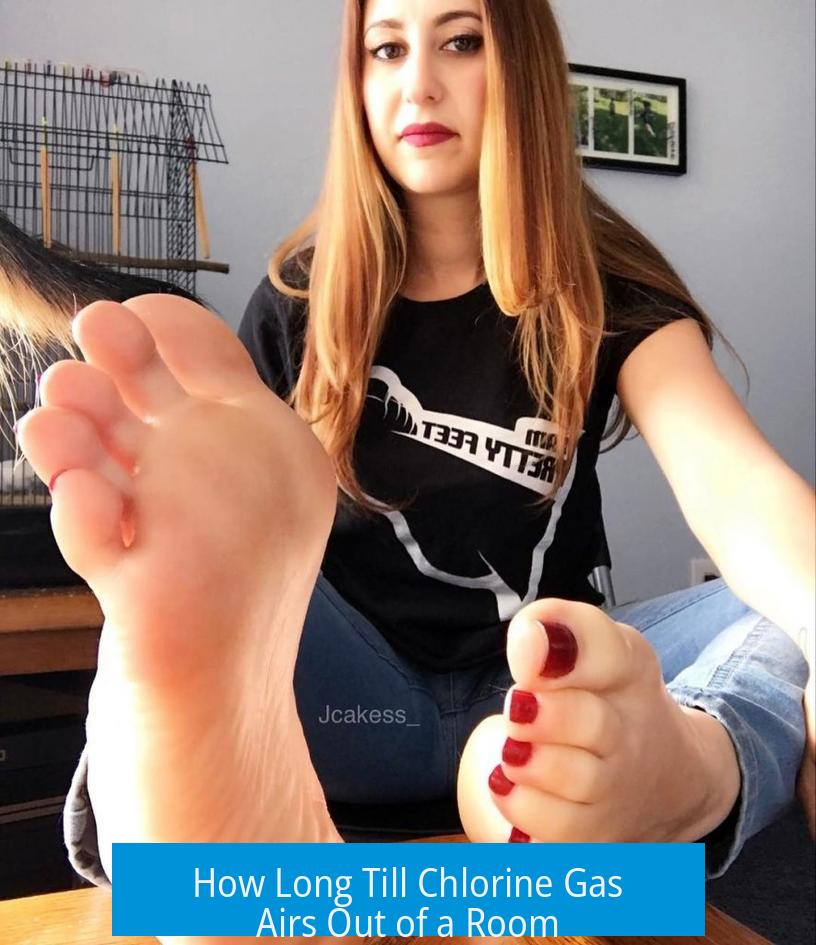
The time it takes for chlorine gas to air out of a room depends primarily on effective ventilation. Typically, exchanging the room’s air volume about six times clears chlorine gas to safe levels. This considers fresh air replacing contaminated air to dilute and remove chlorine efficiently.
Understanding Chlorine Gas and Its Risks
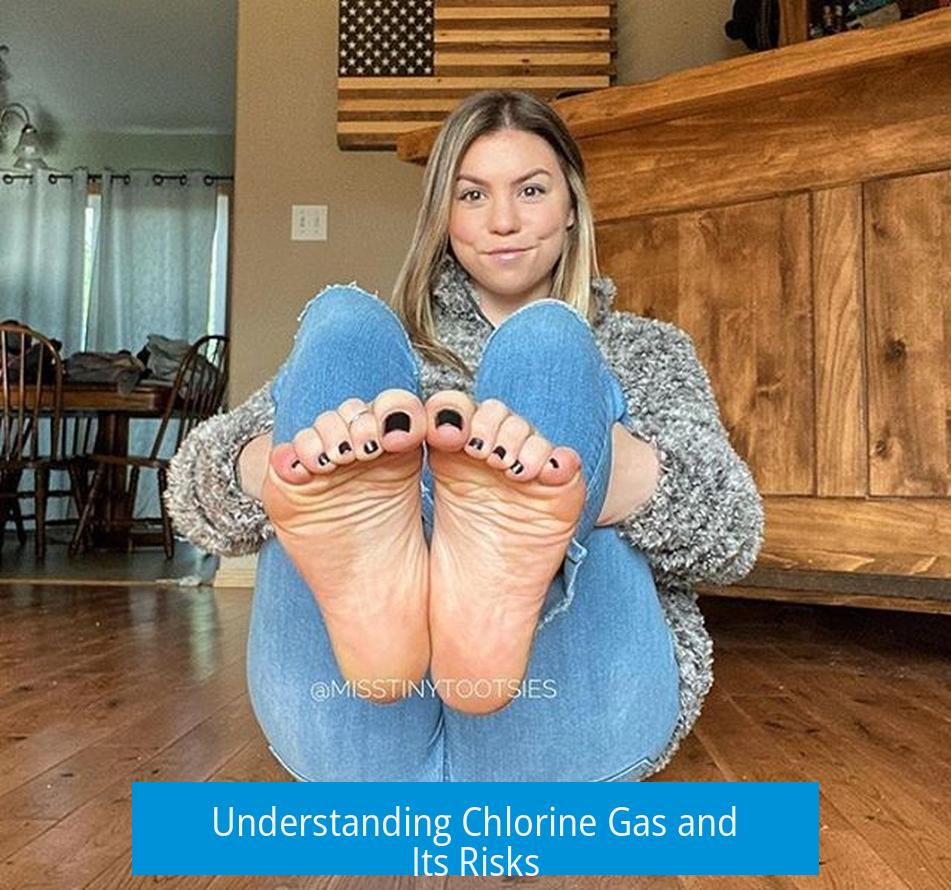
Chlorine gas poses an immediate health risk known as acute chlorine poisoning. Exposure irritates and burns the inside of the nose and throat. It triggers coughing, choking, and a sharp, distinctive smell.
Unlike carbon monoxide, chlorine gas does not act silently. Its presence is usually unmistakable due to its strong odor and physical effects. If no symptoms or smell exist, chlorine gas has likely dissipated to safe levels.

Common Sources of Chlorine-like Smells
Often, the chlorine smell comes not from chlorine gas itself but from chemical reactions involving bleach. When bleach interacts with urea from urine, it forms compounds called trichloroamine and other chloroamines. These irritants emit a chlorine-like odor.
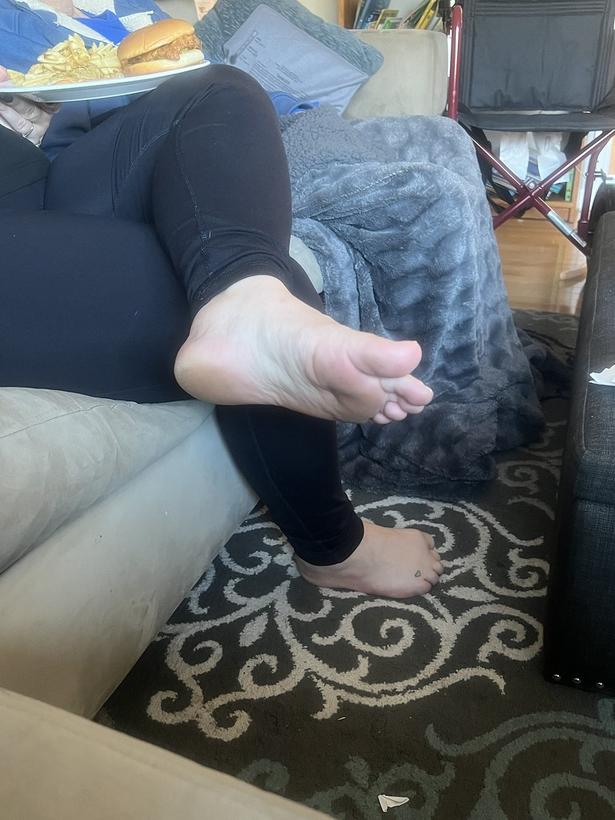
- Bleach aerosol generates most of the irritation.
- Concentrations from such reactions are generally too low to cause serious harm.
Effective Ventilation to Clear Chlorine Gas
The best method to remove chlorine gas is to ventilate the room thoroughly. Opening windows and doors encourages air exchange. The rule of thumb is to achieve about six complete air volume exchanges.

This means if a room’s volume is 30 cubic meters, approximately 180 cubic meters of fresh air must pass through to clear chlorine effectively. Time needed depends on ventilation rate.
Chronic Exposure and Safety Considerations

While acute high-level chlorine exposure produces clear symptoms, chronic low-level exposure can be subtle and pose long-term risks. However, accidental or minor chlorine exposure, such as from bleach reactions, rarely leads to chronic effects.
Key Takeaways
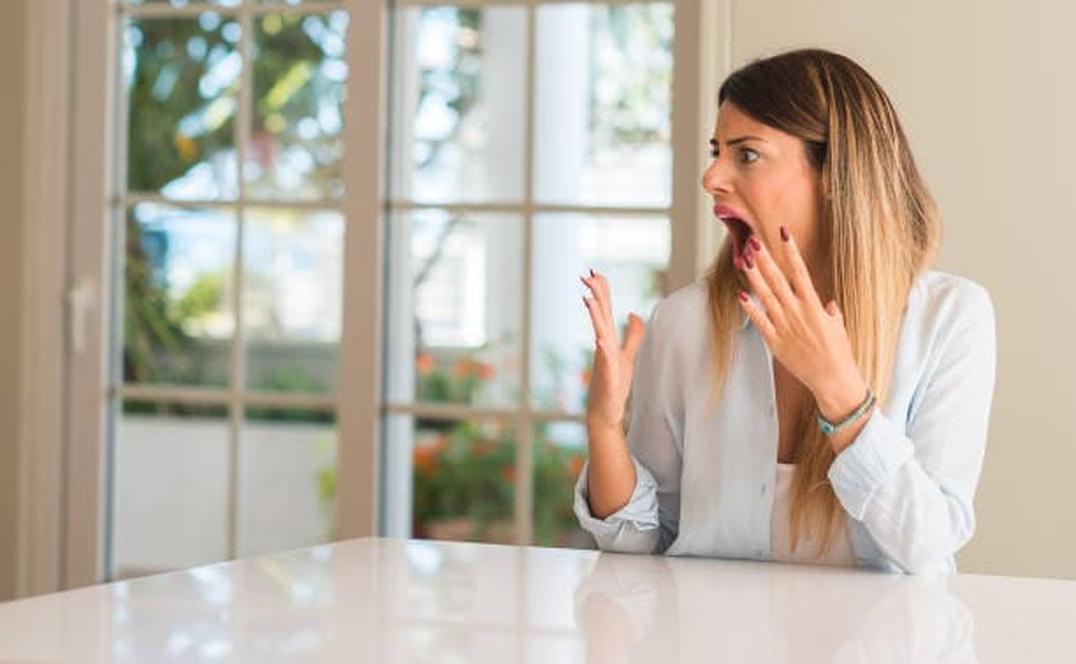
- Chlorine gas clears primarily through ventilation—aim for six air volume exchanges.
- Strong chlorine odor and irritation symptoms confirm gas presence.
- Bleach and urine reactions produce chlorine-like irritants, often mistaken as chlorine gas.
- Absence of smell and symptoms usually indicates safe air quality.
- Minor exposure from household bleach rarely causes chronic health issues.
How Long Till Chlorine Gas Airs Out of a Room? Facts, Tips, and What Really Happens
Spoiler alert: there’s no magic stopwatch that says, “Voilà! The chlorine gas is gone!” But if you’re wondering exactly how long it takes for chlorine gas to air out of a room, you’re in the right place. The good news? It’s usually faster than you might think — and, more importantly, you can breathe easy knowing exactly what signs to watch for.
First things first: How long till chlorine gas airs out of a room? The best practice involves thoroughly ventilating the space by exchanging the entire volume of air around six times. Depending on your room size and airflow, this might mean opening windows and doors for anywhere between 15 minutes to a few hours. The key is fresh air continuously replacing stale. If you can’t smell chlorine and you don’t have symptoms like throat irritation or coughing, the gas is most likely gone or harmlessly diluted.
What’s so risky about chlorine gas exposure, anyway?
Think of chlorine gas as the “loud neighbor.” It never sneaks up on you quietly. If it’s there, you know because it’s got a strong, unmistakable smell, like a swimming pool overdose. Acute chlorine poisoning hits fast. You get irritation or a burning sensation inside the nose and throat, leading to coughing fits and the urge to sprint outside. So, if you’re breathing “normal” air with zero irritation and no chlorine scent—you’re probably safe.
“If you can’t smell chlorine or feel like choking, you’re likely safe.”
This is a crucial point to remember. Unlike carbon monoxide, which plays the silent killer, chlorine gas is a loud mouth. Your nose and lungs alert you immediately when harmful levels are present. Trust those signals.
Not everything smelling like chlorine is actually chlorine gas
Here’s a sneaky bit many don’t know: a lot of “chlorine-like” smells arise when bleach reacts with other substances. Specifically, when bleach meets urea—guess where urea comes from? Yep, urine. It creates trichloroamine and other chloroamines.
These chloramines smell remarkably like chlorine, and they can cause irritation—but they’re often not the real deal. Usually, what you’re actually experiencing is harsh bleach aerosol, which can sting your throat or eyes but rarely causes serious poisoning in home settings.
“The harsh irritation is probably the bleach aerosol, not chlorine gas itself.”
So, the next time you smell that “pool cleaning frenzy” smell after mopping your bathroom, don’t panic—it might just be bleach aerosols saying hello.
Ventilation: Your Best Friend in Clearing Chlorine Gas Fast
Open those windows! Airflow is your weapon. The key is exchanging the air thoroughly and continuously. Experts say six complete volume exchanges are a solid rule when purging any gas from a room.
Let’s break that down: If your room is 1000 cubic feet, you’ll want to move 6000 cubic feet of fresh air through it. That might take just 15 minutes with a strong breeze or mechanical fans, or a few hours if the airflow is limited.
Don’t just crack a window and call it a day. Aim for cross-ventilation—open windows and doors on opposite sides to create a steady flow. Fans pointing outwards can help push the gas out faster.
“You are doing the right thing by keeping windows open.”
What about chronic low-level chlorine exposure?
You probably don’t need to lose sleep over occasional, small bleach mishaps. Low-level chronic exposure isn’t a big concern in typical home scenarios, like cleaning or accidental spills. It’s more relevant in workplaces or pools with constant chemical use.
Chronic exposure is sneaky and insidious but rare for average users. If you’re not around chlorine gas regularly, and there’s good ventilation, you’re in the clear.
Tips for Clearing Chlorine Gas Quickly and Safely
- Ventilate fully: Open multiple windows, doors, and use fans if you can. Aim to exchange the room’s air at least six times.
- Stay alert: If you smell chlorine or feel irritation, vacate the room immediately.
- Use protective gear: For bigger spills or chemical use, gloves and masks help avoid inhalation and skin contact.
- Don’t mix chemicals: Bleach plus ammonia or urine can create chloramines, which add to irritation.
- Timing: After heavy exposure, wait at least a couple of hours while ventilating before returning to the room.
- If unsure, trust your senses: If it smells off or your throat feels scratchy, keep airing out.
How does this work in practice?
Imagine your bathroom has that sharp “chlorine” smell after cleaning—probably chloramines, not actual chlorine gas. You open the window, crack the door, and turn on the fan. Within 30-60 minutes, that smell fades, and your throat stops itching. You’re set to enter safely again.
If it were actual chlorine gas from a leak or industrial incident, the initial signs would be stronger. You’d experience coughing, burning, and more intense smells. Immediate evacuation and sustained ventilation are non-negotiable.
Final words: Don’t panic, just ventilate
Are you still wondering how long till chlorine gas airs out of a room? The real answer lies in effective ventilation, not a fixed time stamp. Six air changes clear the gas—fast airflow speeds the process. No odor, no irritation? Then the gas is gone or at safe levels.
Chlorine gas isn’t a silent menace. It broadcasts its presence boldly, giving you a chance to react. Your nose and throat do most of the warning work. So next time you sniff a suspicious chlorine scent, turn on the airflow, stay safe, and breathe easy knowing exactly what’s happening.
How long does it take to clear chlorine gas from a room?
Ventilate the room by opening windows and doors. Air exchange should happen about six times to clear chlorine gas effectively. The exact time varies with room size and airflow speed.
How can I tell if chlorine gas is still in the air?
Chlorine gas has a strong, distinctive smell and causes irritation in the nose and throat. If you cannot smell it or feel irritation, the gas has likely cleared or is at safe levels.
What causes the strong bleach-like odor if not chlorine gas?
Bleach mixed with urine forms compounds like trichloroamine. These smell similar to chlorine and irritate the airways but exist at low levels that are usually not dangerous.
Is it safe to stay in a room after minor bleach exposure?
Minor exposure to bleach aerosols or related compounds is generally safe after proper ventilation. Serious chlorine gas poisoning is unlikely in these cases.
Does chlorine gas stay hazardous after ventilation?
Once the air has been exchanged multiple times, chlorine gas levels drop quickly. Chronic low-level exposure is rare in accidental situations and mostly a concern for prolonged exposure environments.


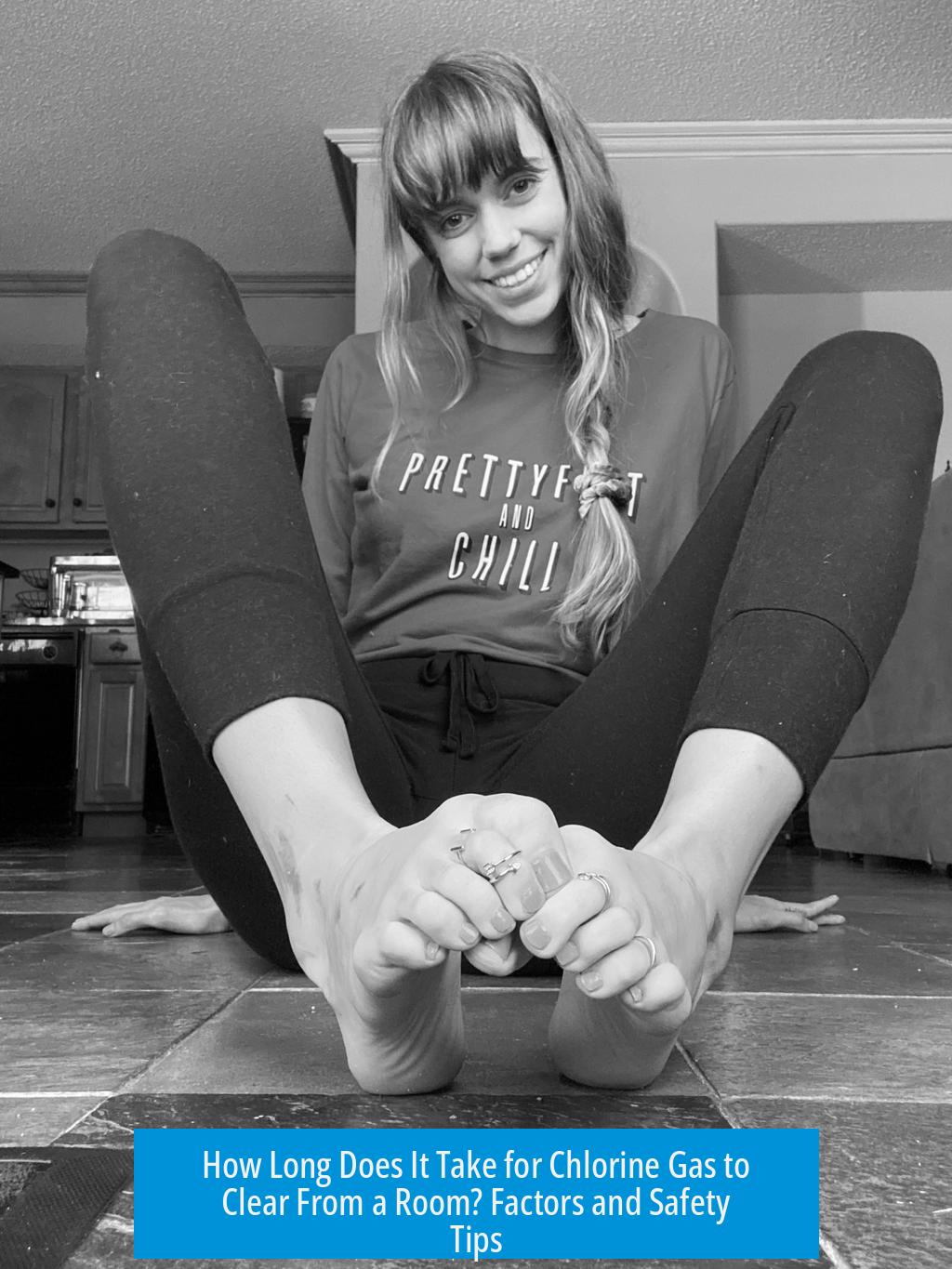
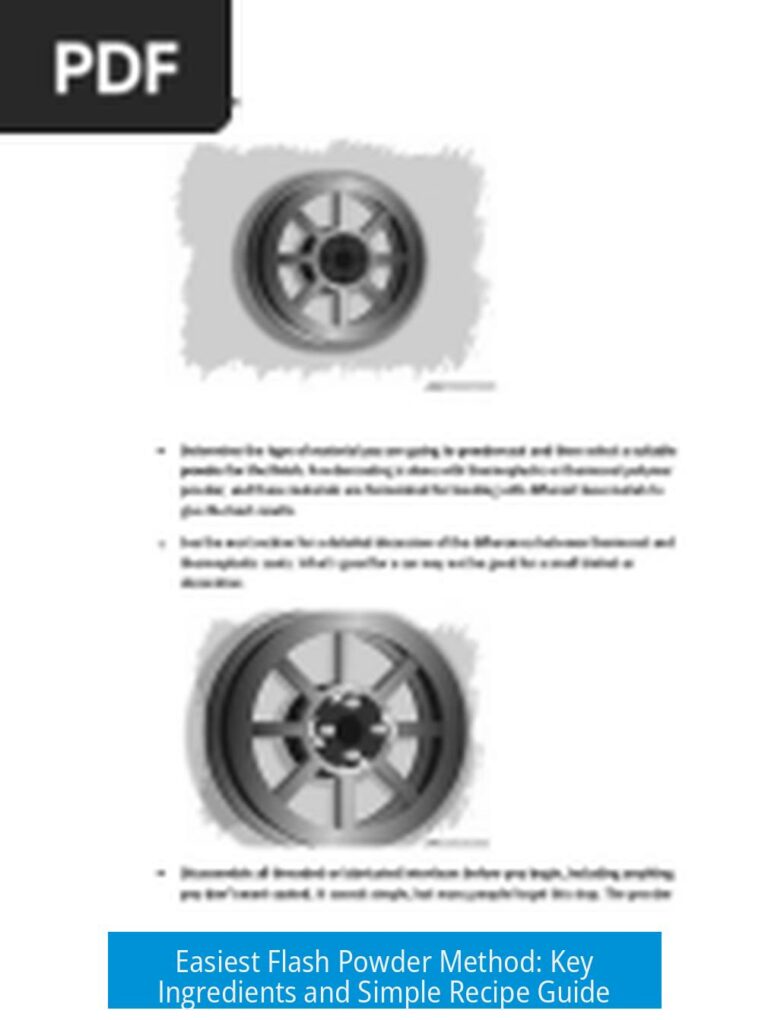

Leave a Comment